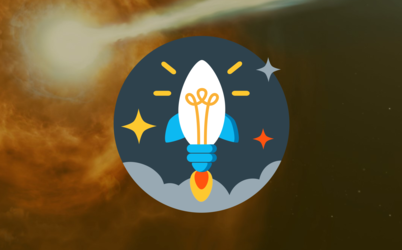Funding the future of European space through OSIP
What do farming on the moon, 3D printing on Mars and fixing software with AI have in common? They can all be found among the topics of the 56 research and development activities funded by ESA's Discovery element between July and December 2022.
ESA set up the Open Space Innovation Platform (OSIP) through the Discovery element to discover and invest in new unconventional ideas that could greatly benefit and advance European space industry and academia.
Here, the minds behind five of the projects funded between July and December 2022 tell us about their motivations and goals, as well as how ESA Discovery funding is helping them take their activity to the next level.
X-raying the Universe
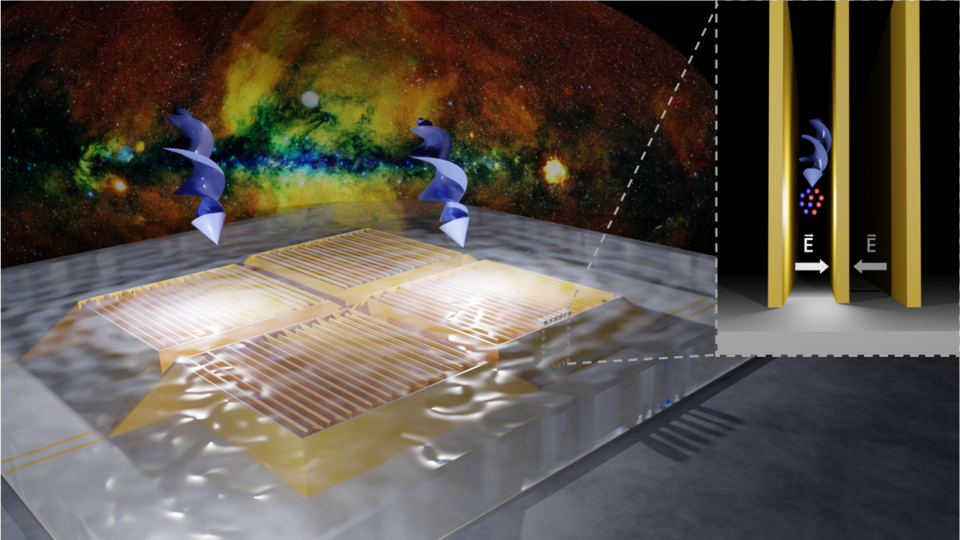
X-rays and gamma rays are the signatures of the high-energy Universe. Because they are absorbed by Earth's atmosphere, space telescopes are the only way of detecting them. Currently X-ray and gamma-ray astronomy at ESA are covered by the XMM-Newton and Integral missions. Due to launch in the 2030s, Athena represents the next generation of missions to observe the hot and energetic Universe.
But a big challenge with these missions is image the Universe at these wavelengths with a high enough spatial resolution. To tackle this challenge, ESA Discovery is funding the Italian Institute of Technology (IIT) to explore whether we can make a lightweight, robust and high sensitivity detector for high-energy photons to be deployed in space.
Lorenzo Maserati from IIT explains: "This kind of research has not been attempted before. Our proposal is to use innovative organic-inorganic semiconductors called metal halide perovskites to make compact and lightweight x-ray or gamma-ray detectors that can be put in orbit. Hybrid perovskites are versatile semiconductors equipped with heavy metals that can efficiently stop high-energy rays and extract their photo-generated electrons in a small volume. Our idea is to insert this material into a micro-fabricated 3D metal structure."
"The ESA Discovery funding allows the deployment of this idea into a proof-of-concept device. Our materials research will take a step forward by proving an important space application and it will open new horizons for our group towards the microfabrication of complex perovskite-based devices. The new technology could also be used in terrestrial applications; the healthcare industry, for example, could be interested in having large area thin detectors for medical diagnostics."
ESA engineer Matthew Soman explains: "The detector technology being studied in this activity has the potential to replace the current state of the art in detecting high energy X-ray and gamma ray photons. We're looking forward to seeing how the perovskite-based structures that shall be manufactured and tested compare to the current state of the art and learning more about their suitability for use in future space missions."
This is just one of many activities that ESA Discovery has funded IIT to undertake over the past four years. Lorenzo highlights the impact of this funding: "ESA Discovery has been crucial for the establishment of space activity at IIT. OSIP has been the original method for making IIT colleagues understand that space is something where they can provide a strong contribution. Thanks to OSIP and to some other national actions, in December 2021 IIT established the SPAce CEnter for Innovative & Interdisciplinary Technology (SPACEiit). SPACEiit is also going to enter in the new IIT strategic plan, pushing space activities to achieve a prime role at the institution."
Farming on the Moon
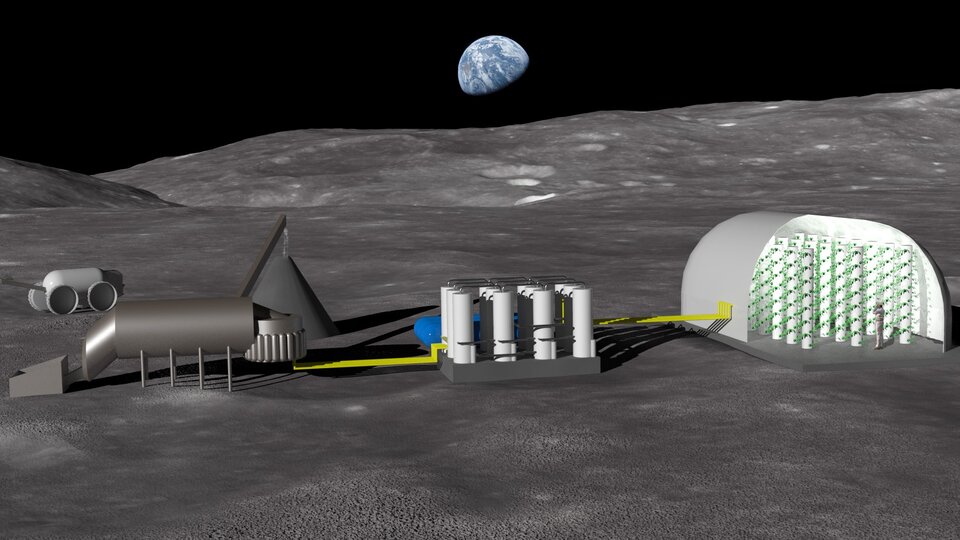
Sooner or later, settlers on the Moon will have to become farmers. Norway's Solsys Mining is looking into the treatment of lunar soil to create suitable fertiliser for growing plants.
The good news is that the analysis of lunar soil samples returned to Earth in the past by Moonwalkers and robots shows sufficient essential minerals for plant growth, apart from nitrogen compounds. The bad news? Lunar soil compacts in the presence of water, creating problems for plant germination and root growth.
Hydroponics farming therefore offers a possible way forward; this type of agriculture involves feeding plant roots directly with nutrient-rich water, without the need for soil.
Ethel Tolention, Head of Research at Solsys Mining explains: "We are researching how to make the contents of moon dust, or regolith, available to use as fertiliser for plants. The process of extracting and concentrating minerals or elements from space resources is called 'beneficiation', and our long-term goal is to apply this to several other areas as well, such as 3D-printing and recycling."
Beneficiation will allow new industrial processes on the moon, in addition to making existing ones more efficient.
"This work is essential for future long-term lunar exploration," comments ESA materials and processes engineer Malgorzata Holynska, who is overseeing the project. "Achieving a sustainable presence on the Moon will involve using local resources and gaining access to nutrients present in lunar regolith with the potential to help cultivate plants. The current study represents a proof of principle using available lunar regolith simulants, opening the way to more detailed research in future."
Øystein Risan Borgersen, CTO of Solsys Mining adds: "Funding opportunities in this area have so far been few and far between, and the support we are receiving from ESA is absolutely critical for our company. It has also helped us forge new partnerships with both industry and academia."
"Our main goal is that this research leads to applications both for space and on Earth. Beneficiation on Earth consumes around 3-4% of the world’s energy budget, and we believe that space technology can help reduce this, as well as the negative environmental effects typically associated with the industry."
From waste to worth – 3D printing on Mars
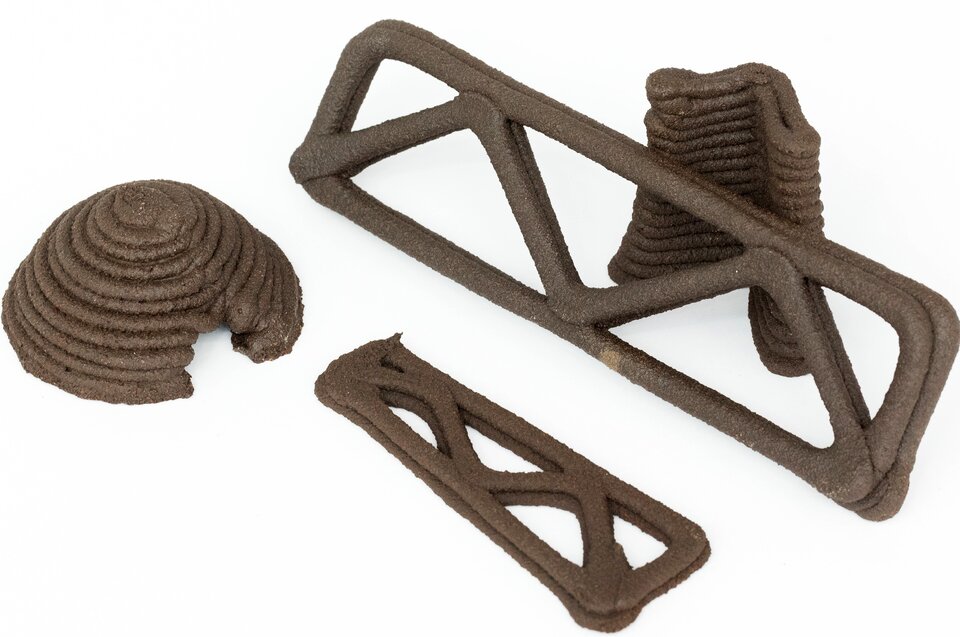
For long-term stays on Mars, astronauts would need facilities to live and work, to move around, to communicate with Earth, and to produce oxygen and water vital for survival. Taking all this infrastructure from Earth would be very expensive. Instead, ESA is thinking about how to 3D print some of it on site using Martian soil as an input material.
Previous ESA-funded research has shown that this would be possible. The next step is being undertaken by Austrian research group FOTEC, in a research activity that is aiming to better understand the effect of the Martian environment on construction materials and processes. The research team is also looking at recycling waste into new materials; this waste could come from equipment brought from Earth and not used anymore, for example plastic food packaging.
Advenit Makaya, advanced manufacturing engineer at ESA explains: "This activity is part of ESA's continuous effort to identify and develop technologies to use onsite resources to help build and maintain the required infrastructure and ensure the sustainability of future long-term exploration missions."
In particular, FOTEC is building upon a previous ESA activity focusing on building on Mars using Martian soil. Using the knowledge gained in years since the activity completed, they will introduce novel processing techniques to improve the performance of the building material.
Markus Hatzenbichler, Head of Engineering Technologies at FOTEC expands: "The investigation into waste recycling, including using waste as a binding agent, is an important part of this activity. Whilst the main goal is to support the preparation of future missions to Mars, in the shorter term the results may support our understanding of insulation and structural integrity in the field of civil engineering."
Compact components for a new generation of antennas
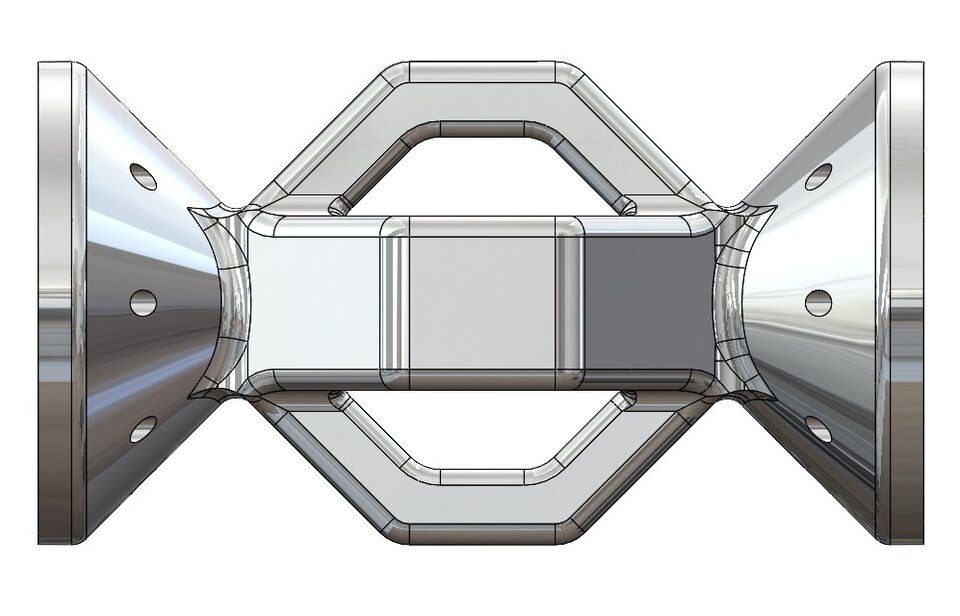
Following an ESA Discovery call for innovative ideas to use promising ESA patents for commercial purposes, EOSOL Group have been given funding to include a novel compact 'mode extractor' in two of their ground station antenna product lines. We use antennas to communicate with distant satellites using electromagnetic waves. To optimise the communications link, the antenna needs to be pointed directly towards the satellite. A mode extractor improves the accuracy of this pointing.
ESA antenna engineer Nelson Fonseca describes this latest research: "This activity is supporting the commercialisation of an ESA invention that was developed about 10 years ago in anticipation of the needs of future very high throughput satellite systems. Originally developed for the space segment, the concept is being adapted here for ground stations."
"EOSOL Group has identified a number of product developments, with respective requirements, that could benefit from a compact mode extractor. As part of the activity they will also assess additive manufacturing (3D printing) techniques, as these could be beneficial to reduce the mass and cost of the device."
Gonzalo Crespo Lopez from EOSOL Group adds: "We are trying to reduce the size of the mode extractor by an order of magnitude and apply additive manufacturing to the device where it has never been used before. This will allow the integration of the device in a more compact and simpler way in the new generation of ground antennas (where everything becomes smaller) and also reduce manufacturing times and production costs."
"OSIP is an ideal tool created by ESA to allow companies and organisations to research new concepts and bring them to market. For us, research is very important, but it is even more important that this research has an application and that we manage to take it quickly to real solutions that are accepted and demanded by the market."
Repairing space software with AI

For a spacecraft to carry out its role effectively, not only must all the physical parts, nuts and bolts work well, but so must the onboard software. For this reason, software designed to be sent into space is continually checked from the very beginning of its development.
Ensuring the quality of software inside a spacecraft takes a lot of time and effort. To make the process more efficient, ESA Discovery is supporting a team from Thales Alenia Space to repair software using artificial intelligence following one of the early verification techniques, a process called 'static analysis'.
Arnaud Bourdoux, ESA engineer overseeing the project explains: "Static analysis verification is a part of the flight software development process during which various tools are used to check embedded code against common programming mistakes, quality rules, and dozens of other criteria. Such tools are now a standard part of software development environments, but one of their drawbacks is that their output can be tedious to process."
"The use of AI in this domain may help accelerate the processing of the output from these tools; the AI should be able to suggest corrections for identified problems, as well as recognise the false positives that do not require any modification."
Miguel Fernández, flight software manager at Thales Alenia Space concludes: "Using artificial intelligence will help us develop software for space with increased quality and decreased development time. ESA opened my mind thinking about how to develop software for space more efficiently. Now, with ESA's support, this will lead to new opportunities for onboard software development."
The Open Space Innovation Platform is run by the Discovery element of ESA's Basic Activities. Discover more, including how you can submit your own ideas, via our dedicated webpage.





